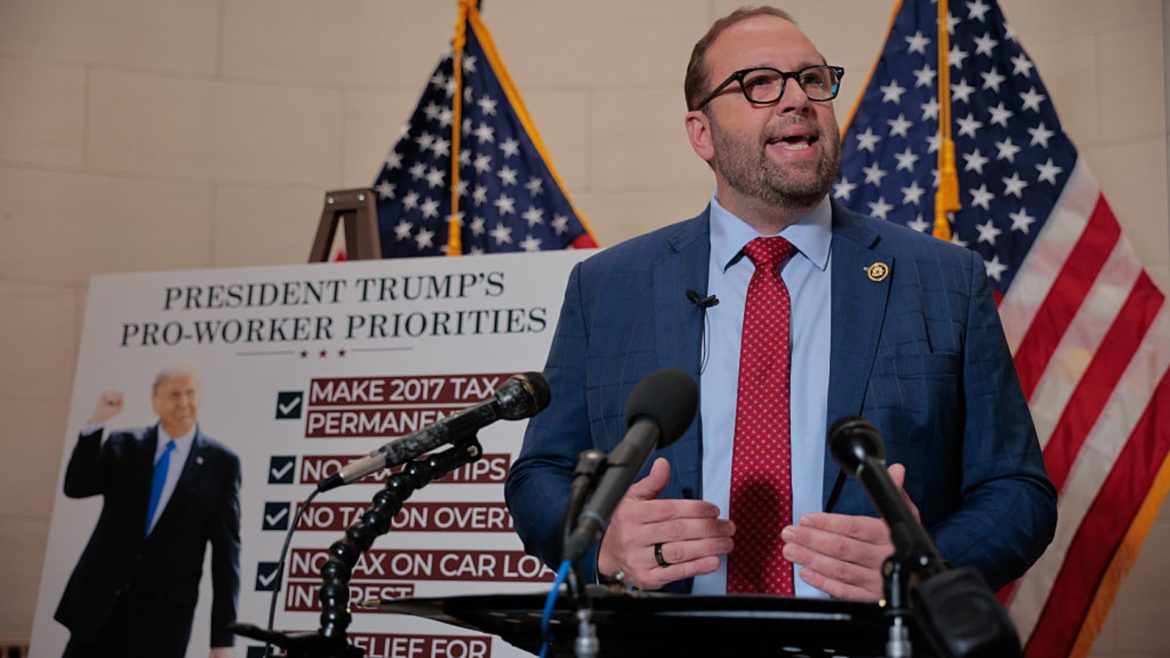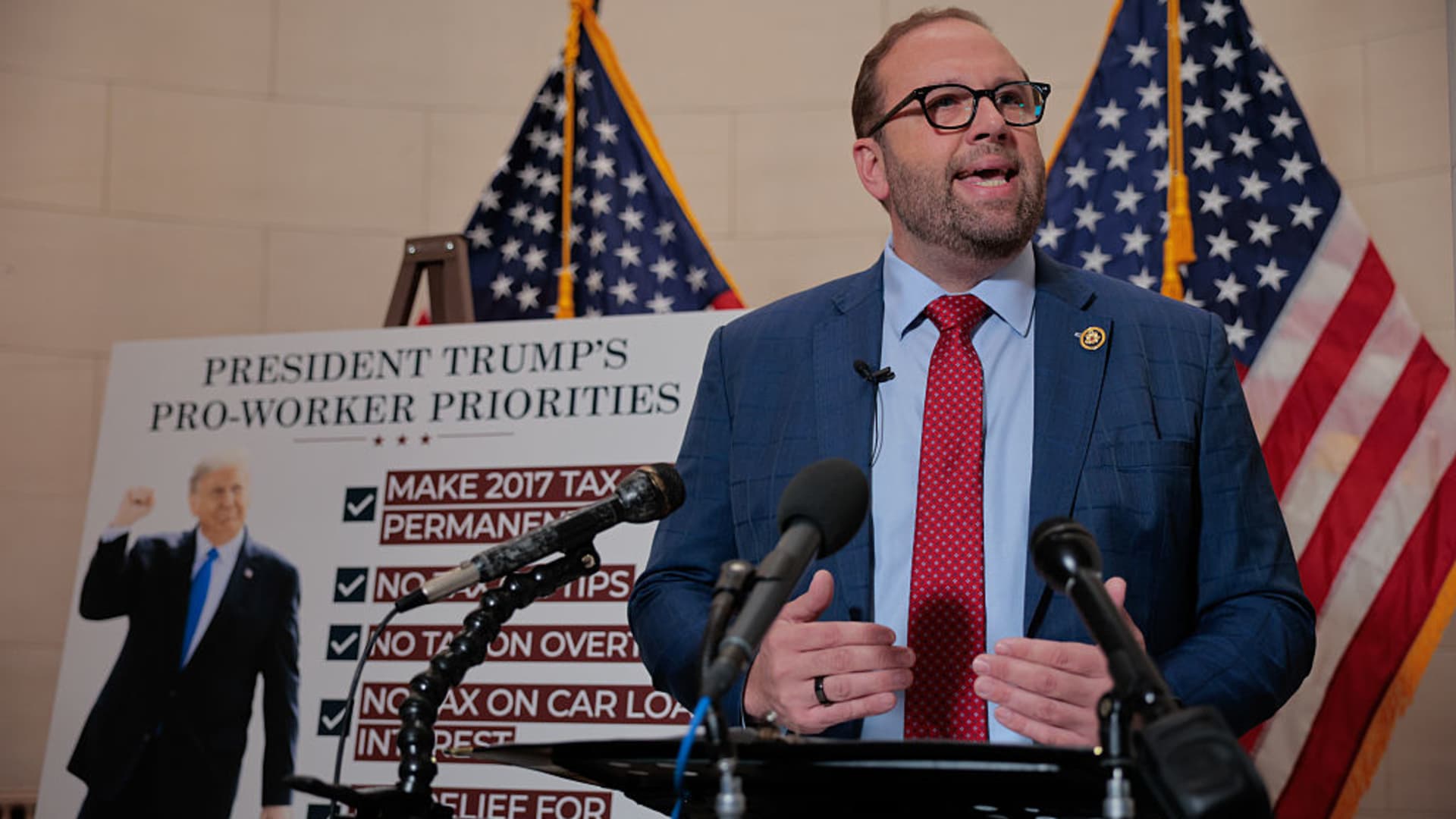Unpacking the Latest House Tax Bill: Breaks for the Wealthy Amid Hidden Hikes
The recent flurry of legislative efforts in the U.S. House around tax reform reveals a complex landscape where ostensibly favorable provisions for wealthy taxpayers coexist with subtle new tax impositions. What unfolds is not merely a straightforward tax cut or hike but a nuanced shifting of fiscal burdens, especially impacting high-net-worth individuals, private foundations, and working-class Americans. This report delves into the details, implications, and controversies surrounding the emerging tax package championed by House Republicans and intertwined with President Donald Trump’s prior proposals.
Wealthy Taxpayers: Targeted Relief Coupled With Concealed Charges
Generous Breaks and Complex Limitations
At a glance, wealthy taxpayers stand to gain new deductions and tax breaks under the House proposal. For example, some deductions allow senior taxpayers to claim a $4,000 deduction, and a continuation of previously championed cuts from the 2017 Trump tax reforms persist. However, these benefits come alongside complex formulas that reduce their effective value. Tax expert Kyle Pomerleau notes that upper-bracket taxpayers — those earning roughly above $600,000 — would have to apply a formula deducting approximately 2/37 from the value of each dollar exceeding a threshold. This creates an incremental clawback, subtly increasing the tax burden despite headline “cuts.”
New Taxes on Private Foundations: An Indirect Wealth Tax
The bill introduces a fresh 5% tax on investments for private foundations holding assets between $250 million and $1 billion, and a 2.8% rate for those with assets between $50 million and $250 million. While ostensibly targeted at large nonprofits resembling hedge funds and entities paying hefty salaries, these measures effectively serve as a form of wealth tax on accumulated philanthropic entities, which often represent concentrated wealth-owning families.
Broader Republican Priorities: Trump’s “Big, Beautiful Bill”
Tax Cuts Without Burdens on the Richest?
Significantly, House Republicans appear to have shelved earlier ideas to implement a traditional millionaire’s tax hike, commonly proposed as a 40% tax rate for earners above $1 million annually. Instead, the tax-writing committees largely incorporated Trump’s campaign promises, emphasizing tax breaks on tips, local taxes, and deductions benefiting working families—in theory. Yet detailed analyses suggest that many of these proposals disproportionately favor the wealthy, potentially extending wasteful loopholes that have benefited high-income filers since 2017.
Tax Revenue Offsets and Their Consequences
One notable Republican strategy involves using revenue gains from tariffs on imported goods (a 10-20% proposed tariff) to offset the costs of tax giveaways. However, economists warn that these tariffs could reduce economic output by increasing costs for families and businesses, disproportionately affecting working- and middle-class Americans. Moreover, the House budget resolution permits reconciliation legislation that could increase the deficit by up to $4.5 trillion over the next decade, raising questions about fiscal sustainability and undercutting long-term economic growth.
Impact on Working-Class Americans and Essential Services
Health Care, Food Assistance, and Education Cuts
Beyond tax breaks for the wealthy, the budget and tax proposals outline deep cuts to critical social safety nets. Proposals envision reductions in Medicaid coverage, food programs, and college aid, which would affect millions of working families. Center-right critiques emphasize that these cuts, coupled with tax giveaways for top earners, create a regressive pattern—transferring wealth upward while reducing support for those most vulnerable.
Coverage Loss and Cost Hikes
Projected results include nearly 14 million Americans losing health coverage by 2034 and increased costs for families who remain insured. Opposition voices within economic and policy think tanks underscore that while the wealthy benefit from lowered tax rates and loopholes, the broader population faces diminished social protections.
Political Dynamics and Uncertain Outcomes
Intra-Party Debates on Tax Policy
President Trump has fluctuated on whether to support tax hikes on the wealthiest Americans, sometimes expressing openness to such measures to finance other priorities, such as tax breaks for tips and overtime pay. However, Congressional Republicans remain divided on this issue, with many opposing any increase on top earners to preserve traditional GOP tax-cut stances.
Legislative Challenges and Timing
Although the House has advanced budget resolutions and tax packages, challenges remain in reconciling various factions within the party and negotiating with the Senate. The looming debate involves balancing proposed tax cuts’ political popularity with the realities of deficit expansion and economic impacts.
Conclusion: A Tax Landscape Marked by Contradictions and Trade-offs
This emerging House tax bill epitomizes the entrenched contradictions in U.S. tax policy debates: simultaneously granting new breaks to the wealthy, imposing subtle new levies on large asset holders, and cutting vital social programs essential to millions of Americans. It reinforces an age-old dilemma—how to balance fiscal responsibility, economic growth, and social equity—while revealing the political calculus behind current Republican strategies.
Ultimately, while the wealthy may enjoy headline-grabbing tax relief, the “hidden tax hikes” and program cuts embedded in the legislation present a more complex and potentially burdensome reality. For policymakers, analysts, and the public alike, decoding these layers is crucial to understanding who truly benefits and who bears the costs in the evolving American tax narrative.





